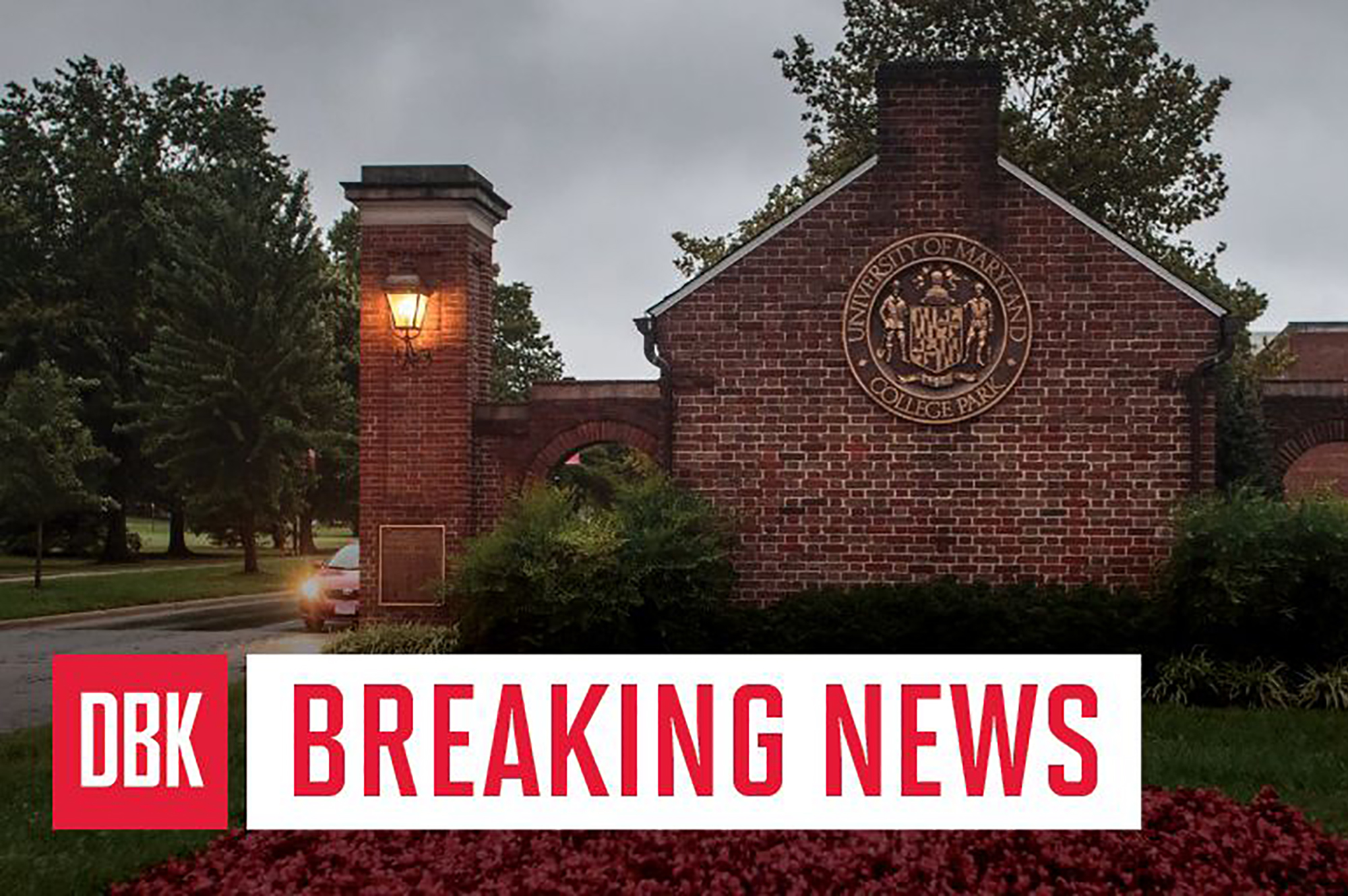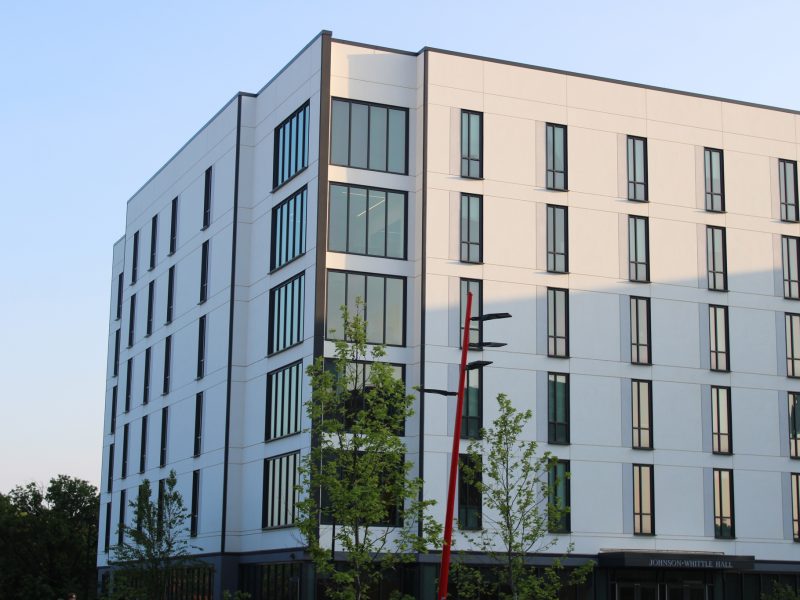The University of Maryland announced a framework for reopening campus this fall in a campuswide email late Monday night — a plan that includes self-reporting of symptoms, available testing and reduced capacity in dorms and dining halls.
The email, written by university President Wallace Loh, comes as the nation braces for the possibility of a second wave of the novel coronavirus and as hospitalizations continue to decline in Maryland. The announcement also comes more than two weeks after the University System of Maryland recommended a combination of online and in-person instruction for the fall semester.
In the fall, all on-campus students, staff and faculty will have to report their temperature and symptoms daily. Diagnostic testing will be required for those who report fever or symptoms. Positive tests will be used to inform contact tracing efforts to limit the spread of infection.
[UMD President Wallace Loh announces preliminary plans to “de-densify” campus in the fall]
The university hopes to offer testing for all staff and faculty in the fall, but it is still determining how testing could work for students, Loh wrote. Recently, the University Health Center piloted a testing program that returned results in 24 hours.
Given the six-foot social distancing recommendation, courses with more than 50 students will likely be held partially online, Loh wrote.
The university also decided to make its second round of summer classes online-only. The update did not provide any details on curricula or how in-person instruction will be carried out in the fall. Further updates regarding instruction are expected to be available by mid-July, according to the email.
Loh also expanded on the university’s plans to “de-densify” campus. Triple and quad rooms will be converted to double rooms, and dorm lounges will be used as single or double rooms, he wrote. The university expects more than 75 percent of students who applied for housing to be able to live on-campus, including all freshmen. Dining halls will also continue to operate, but with reduced seating and carry-out options.
[USM announces plans for mix of in-person and remote instruction for fall semester]
Outside of campus spaces, Loh wrote that student groups will emphasize outdoor and virtual events.
Researchers will also gradually return to campus labs. Currently, research is operating in phase one, which allows 25 percent of researchers to be on campus. Phase two is slated to begin in September, which will bring 50 percent of researchers to campus, according to the email.
The university’s continued response to the pandemic will reflect the “evolving” situation, Loh wrote.



